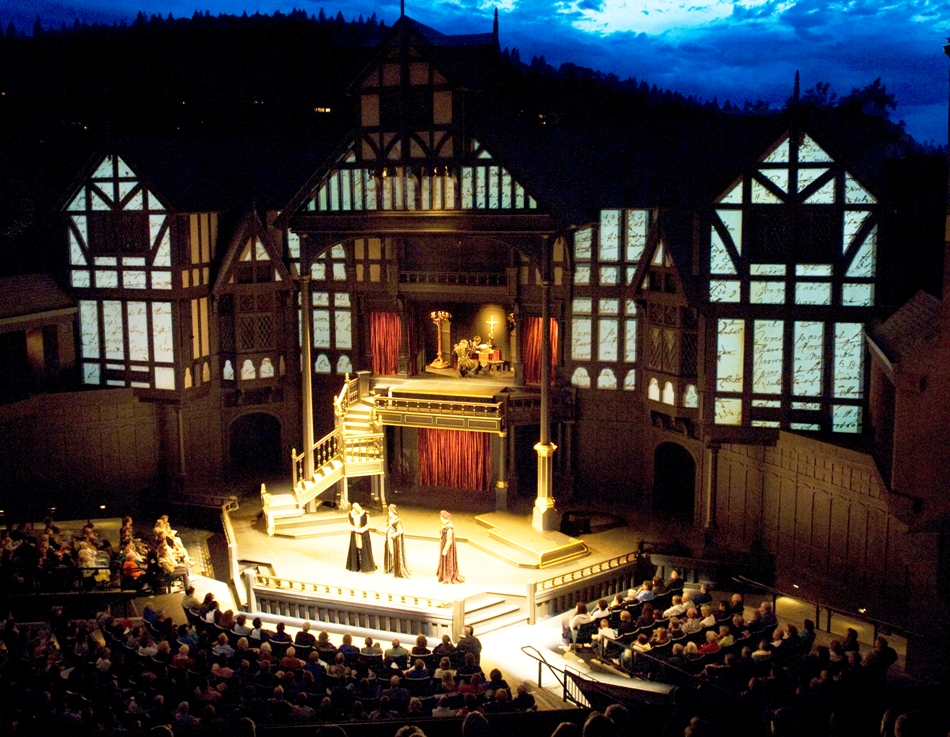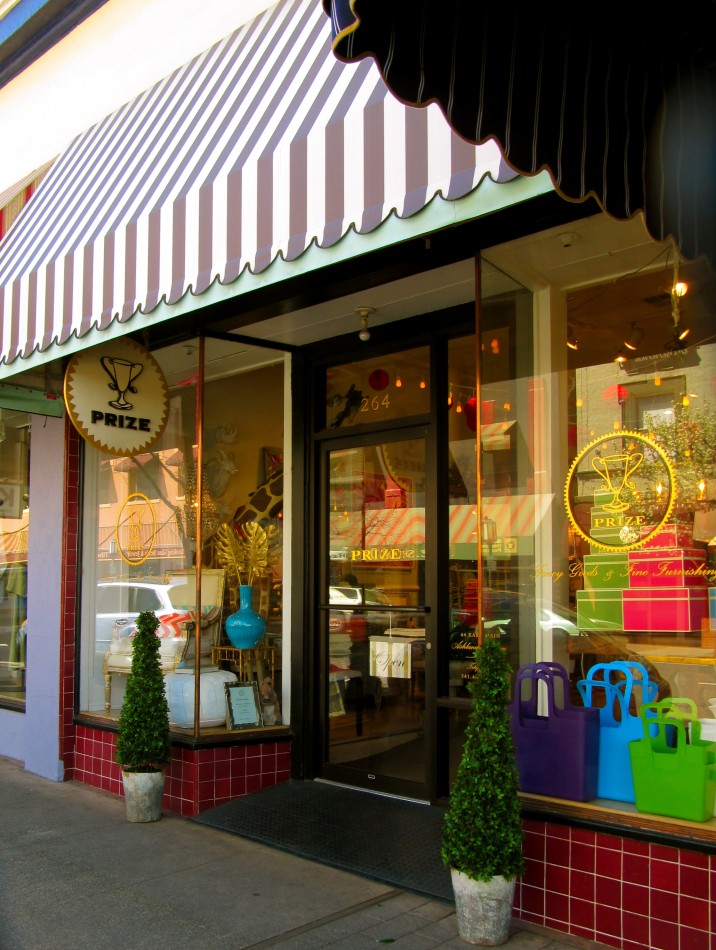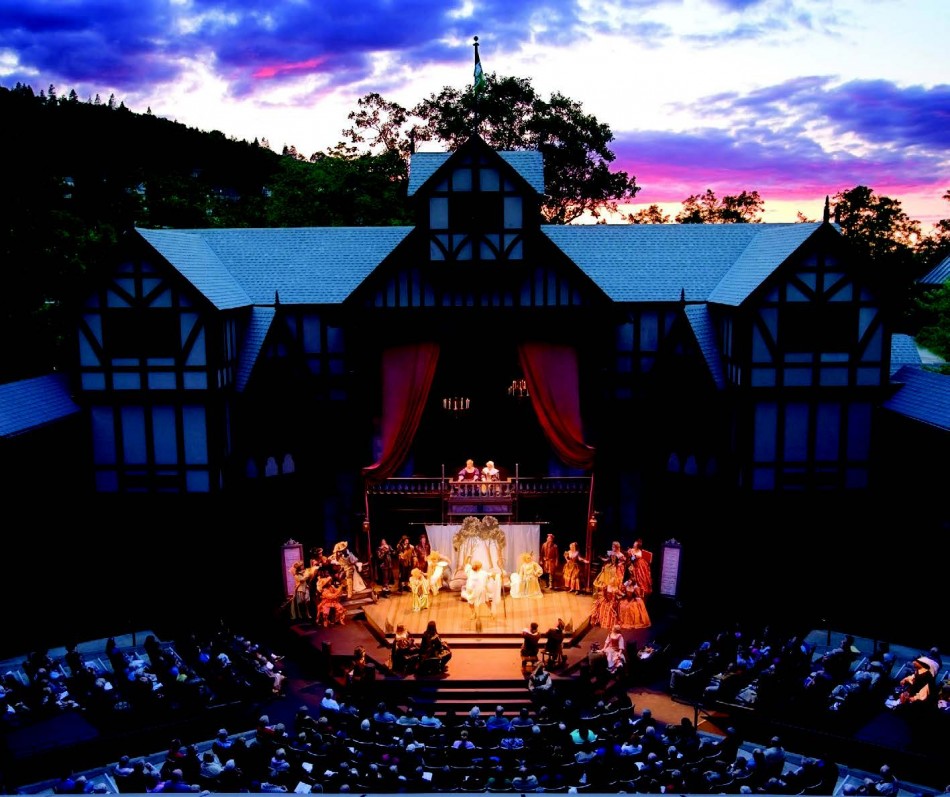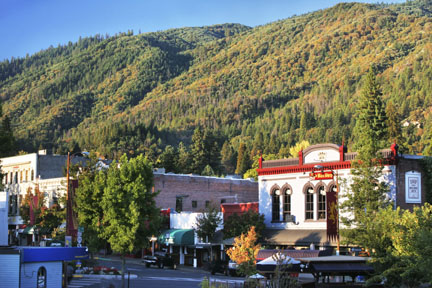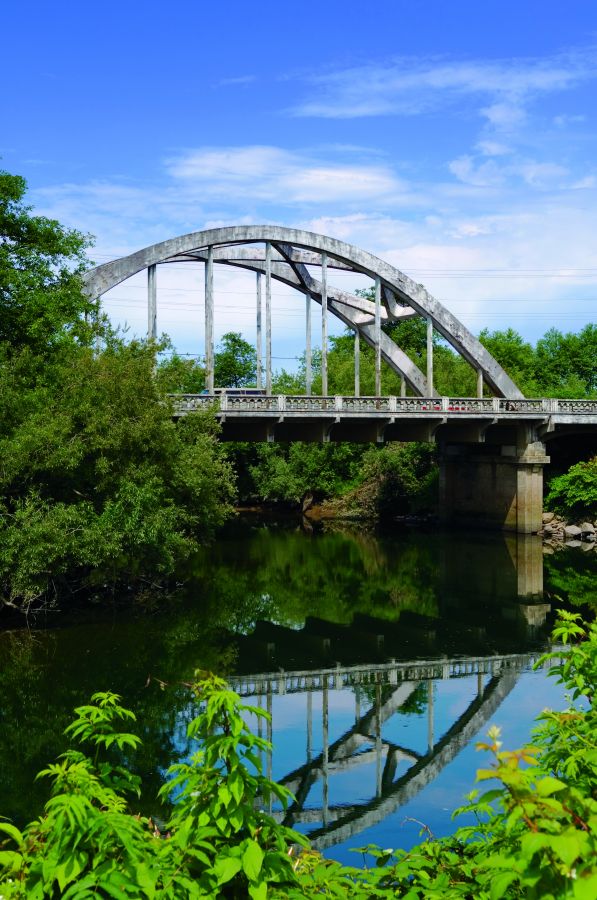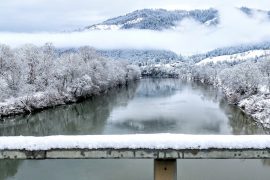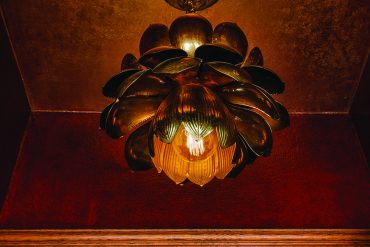Three days of Planned Out Ashland Trippin’
written by Kevin Max
Ashland is a tale full of sound and fury, dignifying everything. Stroll through downtown and you’re in sixteenth century England surrounded by fellows with curiously bobbed hair and cropped beards. Then you’re swept to twentieth century France past the white tablecloths of Chateaulin. You’re nipped by wife into the curio shop for an hour-long renovation of the bank account and then finally you’ve earned a trip to the twenty-first century craft of Standing Stone Brewery. Ah Pilot Rock Pale, thou art as noble as the square of thyself!
Early in Ashland’s adolescence, a man by the name of Angus Bowmer came along and set a different and bold course for the town’s future that today identifies Ashland as a global stage of talent. If you look back a little further, though, it all makes perfect sense.
In the randomly selected year of 1859, the California & Oregon Stage Company rumbled through Ashland to encounter the town’s fifty or so inhabitants. The new stage-line’s posters depicted a team of six horses pulling a carriage at full throttle and declared it could get mail and passengers from Sacramento to Portland in six days for a through-fare of $50! Though its contents would be shaken and rattled, this transportation avoided the perils of ocean travel to Oregon. One of these posters, sealed in frame in antiquity, brought $14,100 in a 2009 bid at a Cowan’s Auction.
The history of the California & Oregon Stage Company was important enough to bring a gentleman’s price at auction and was also foundational to the growth of Ashland. It was the railroad, however, that made Ashland viable. A pivotal stopover between San Francisco and Portland, Ashland’s future was alchemized when, in 1887, Charles Crocker of Central Pacific Railway drove the golden spike in the railroad tie that connected the California line to Oregon, completing the last mile of the railroad circling the country.
But Ashland had always worn culture well. The early American adult education Chautauqua movement often rode the rails into Ashland, encountering a largely agrarian group hungry for more music, art and political discourse—many of its residents Portlanders and San Franciscans who got off the train and decided to stay.
In 1935, the Works Progress Administration built an outdoor stage. Angus Bowmer, then an English instructor at Southern Oregon Normal School with a background in theater, directed college students and Ashland residents in two Shakespeare plays in the first year of a festival that has defined Ashland’s cultural scene ever since. Seventy-six years later, the Elizabethan stage performances are Henry IV and Love’s Labor Lost. The Angus Bowmer Theatre and the New Theatre are billing Julius Caesar, To Kill a Mockingbird and Measure for Measure to name just a few. Though the stages and story lines change, the caliber of acting is always superb at all of the festival’s plays.
Oregon Trip Planner Day 1
Many visitors will book solid nights of stage performances (one night Elizabethan another night of contemporary, etc.). My unfocused life, however, leads me in other directions. Lithia Park is the crown jewel of all city parks in Oregon. In a moment of brilliance, the city of Ashland brought in John McLaren, the architect of Golden Gate Park in San Francisco, to ply his trade in what would become Lithia Park in 1915. Ashland Creek bubbles through it dropping into pools where kids wade in the summer, past a Japanese garden, duck ponds, picnic areas and, on this day, a cellist performing in the open air. If your legs carry you far enough, you can wind all the way up Mt. Ashland in a thirteen-mile self slaughter in a bucolic setting. Or you can lop off part of it, in an out-and-back tailored to your endurance. At least it’s downhill on the way back.
The Ashland Springs Hotel in the center of downtown is an easy and beautiful place to set up for a three-day outing. For many years, this elegant nine-story Beaux Arts and Gothic structure was the tallest building between San Francisco and Portland. Its French décor today makes a comfortable transition from running, to shopping, to dining and theater-going.
A few doors south of the hotel lies Prize, a store that captivates the wallets of wives and other creatures whose lives are ostensibly improved by French imports and Vintage items. There are embroidered pillows, puzzles and books and recipes for emergent French cooks. There are Vintage finds on apothecary shelves and stationery for our literary selves.
A body and mind can take only so much independence before they need to converge. Sit thee down at Standing Stone Brewery on Oak Street and this process is nearly complete. The Pilot Rock Pale Ale is a tasty round with hops grown in Ashland. Standing Stone is an outlier in that it’s really a good restaurant that also serves its own beer. Menu items such as kimchi, sweet potato curry fries and free range chicken marsala are not typical accompaniment for a beer—then again, this is Ashland.
Oregon Trip Planner Day 2
There is a firmament of fine restaurants in town. Among the brightest constellations in that sky are Chateaulin and Amuse. If you haven’t already, book your dinner reservation. Most performances begin at 8:30 p.m. across three stages of the Oregon Shakespeare Festival. That means dinner at a downtown restaurant should be finished by 8. Restaurant staff is generally good about getting you in and out on time.
As the Bard himself once observed, “Better three hours too soon than a minute too late.” That’s to say, excuse yourself from the linens and leave a few minutes early to get to the theater to avoid being the scene of Act I.
Amuse’s wine list travels to France for rarely imported Sancerres, Veuve Clicquot with bubbles, and back to Oregon’s finest Pinots from Penner-Ash, Domain Drouhin, Beaux Freres, Bergström, Cristom and on. Organic and local is the predominant theme of its food with local cheeses, wild mushroom risotto and Painted Hills Ranch ribeye. Save room for dessert at this establishment.
The original Chateaulin is a beautiful ville in the Brittany region of France, a northwest coastal peninsula known for its seafood. In Ashland, Chateaulin restaurant’s French heritage takes the savory forms of Roquefort to confit de canard and bouillabaisse. Subtlety is the savoir of French cooking and Chateaulin has maintained that for nearly forty years.
There are plenty of other dining options if you don’t trust your kids with a white tablecloth.
Oregon Trip Planner Day 3
Put down your Successful Marriage tome from a Ph.D. whose own relationship is probably in shambles. A spa is at the heart of any sustainable marriage. This could easily be a Day One item, too. Waterstone Spa (not to be confused with the Standing Stone beer spa from just the other day) is a great way to renew your vows to your wife’s feet and face—with mud being applied to one and scraped from the other.
Meanwhile, there are books (and magazines) to be read and feet to be dangled in the Ashland Creek in Lithia Park. She can find you there. Most pedicurists agree that the flip-flop distance between the park and the spa is ideal for today’s quick-drying polish. No matter. She’ll need that stimulation for a day of wine tasting in the Applegate Valley. Up the road a little farther is the gold boomtown of Jacksonville, a charming town with more buildings on the National Historic Register than any other Oregon town. A couple of pack-train operators found gold in Jackson Creek in the mid 1800s and the swarming opportunists soon fashioned themselves a small town. Drive northwest the back way (99N to Stage Road). Jacksonville is also a good spot to think about the red and white but mostly red challenge ahead. Sound lunches can be had at Frau Kemmling’s Schoolhaus Brewhaus (Who knew the Germans did thin-crust pizza?). Or try a beef brisket sandwich served on homemade bread with a pickle and slices of onion at the Texan barbeque, Back Porch BBQ, or the half-pound Bella burger at Bella Union on California Street.
Any of these places will do the job. The final trick is settling on a few of the fifteen boutique wineries in Applegate Valley–Oregon’s Rhone Valley–upon which to lavish your attention. Highway 238 along the Applegate River forms the spine of this up-and-coming wine region. The trail stretches twenty miles from Soloro Vineyard in the north to the Syrahs of Cowhorn biodynamic vineyard to Viogniers and Cabernet Francs of Quady North at the region’s southern tip.
If you’ve budgeted enough time, the final stage should be that of the Britt. A perfect outdoor music venue in Oregon, the Britt Festival draws big names to the small town of Jacksonville: Michael Franti, Chris Isaak, Willie Nelson in addition to classical and jazz concerts. Bring a bottle of wine from your tour and sit on the lawn while listening to some of the world’s top musicians in this rural idyllic setting.


